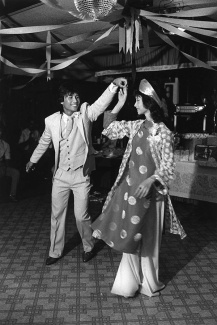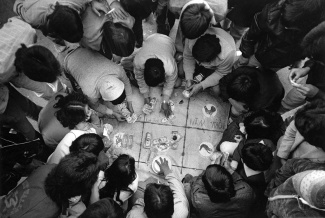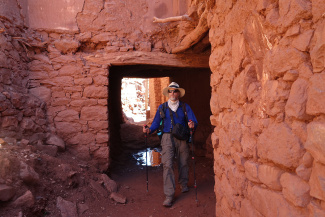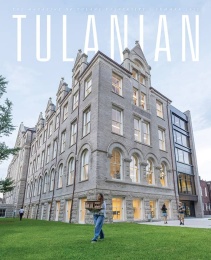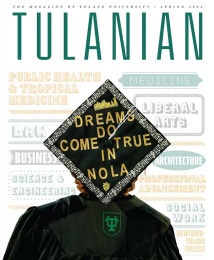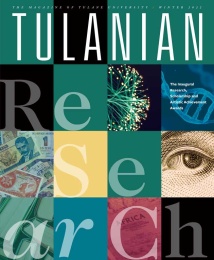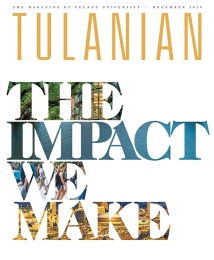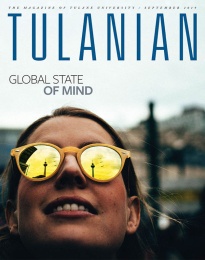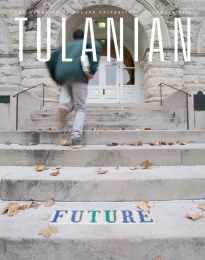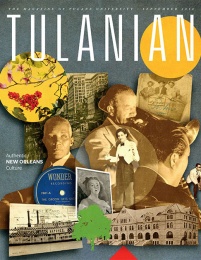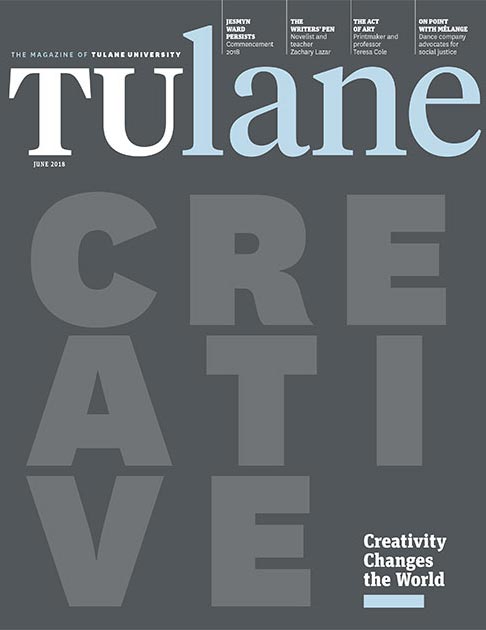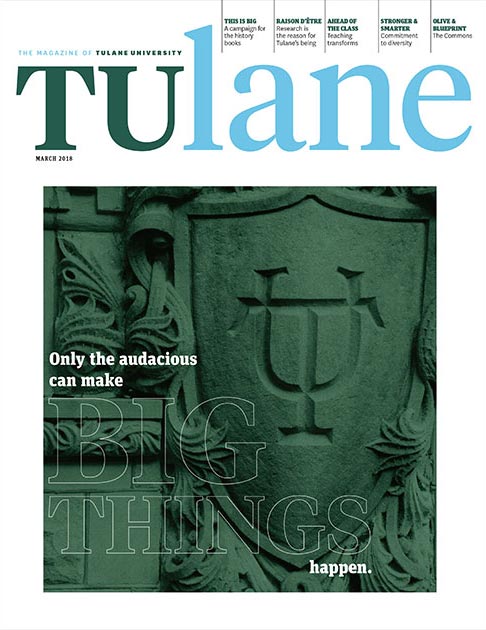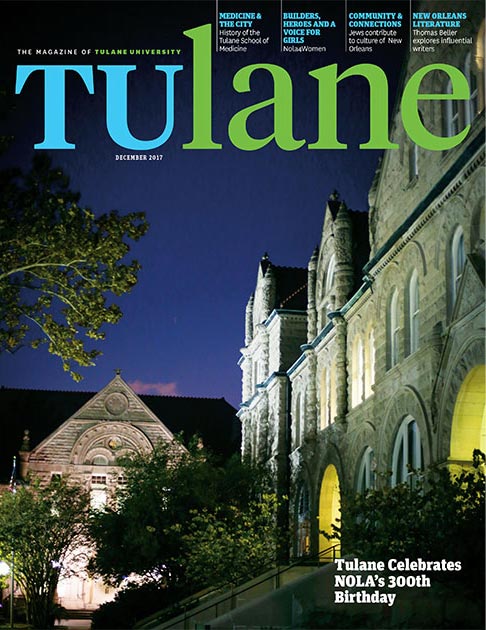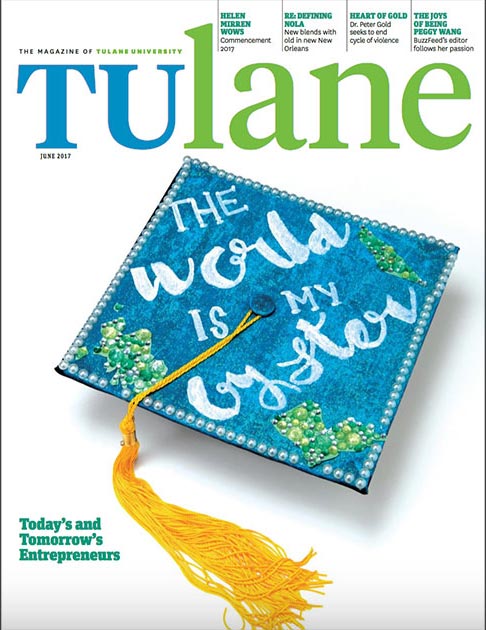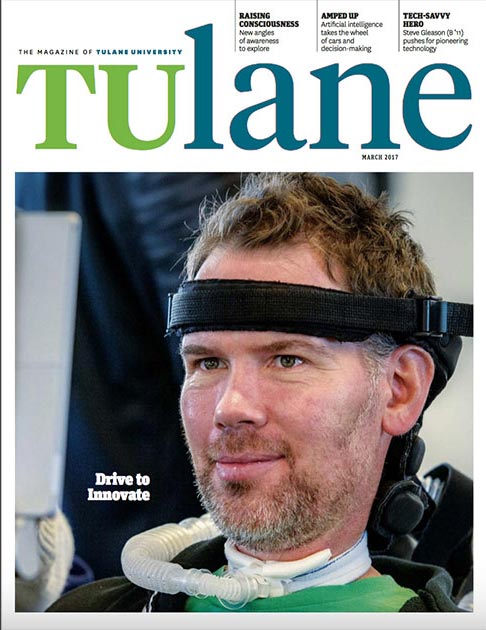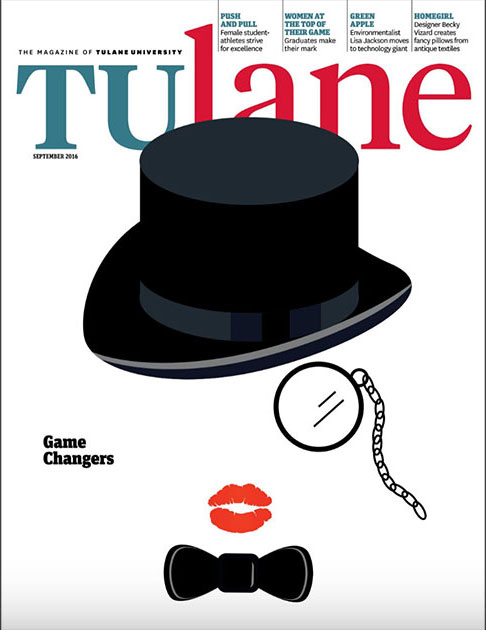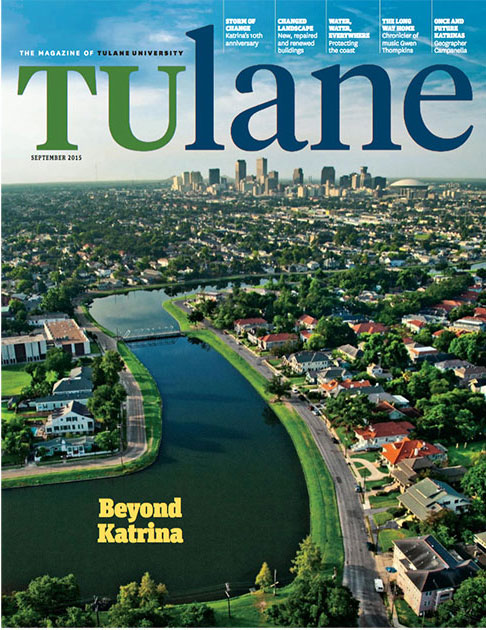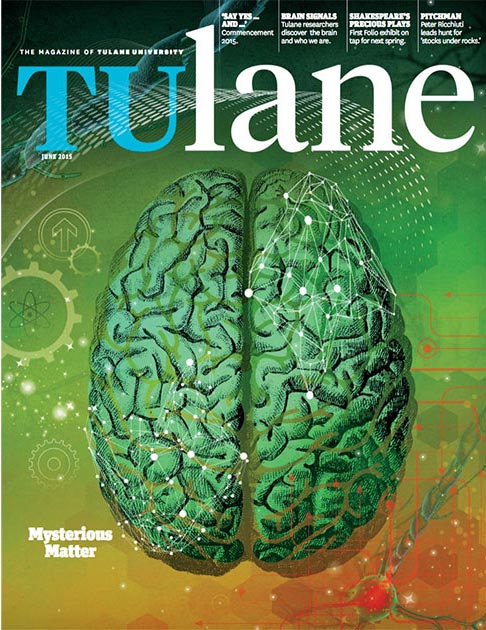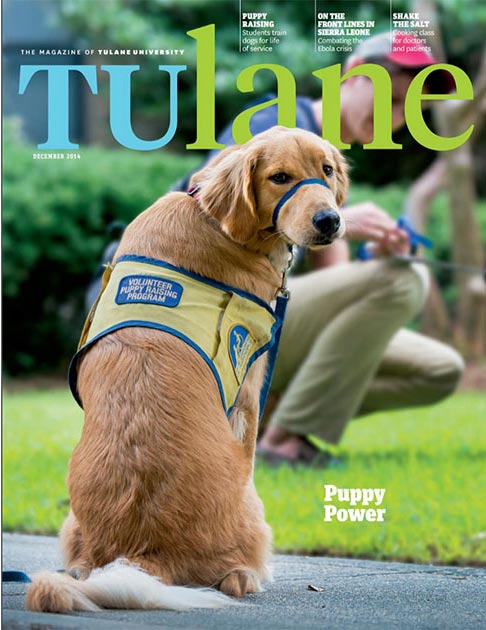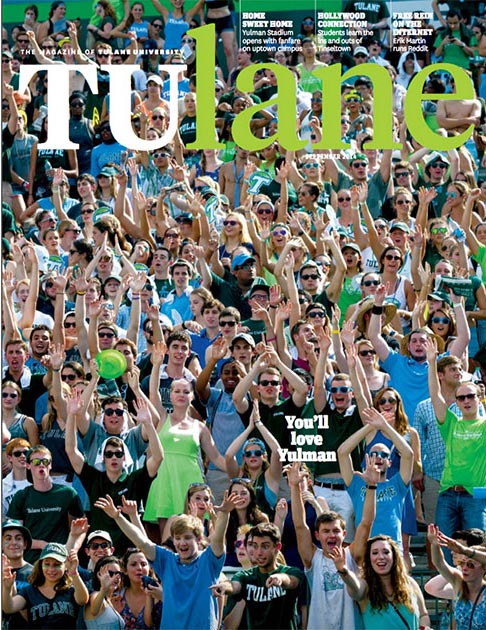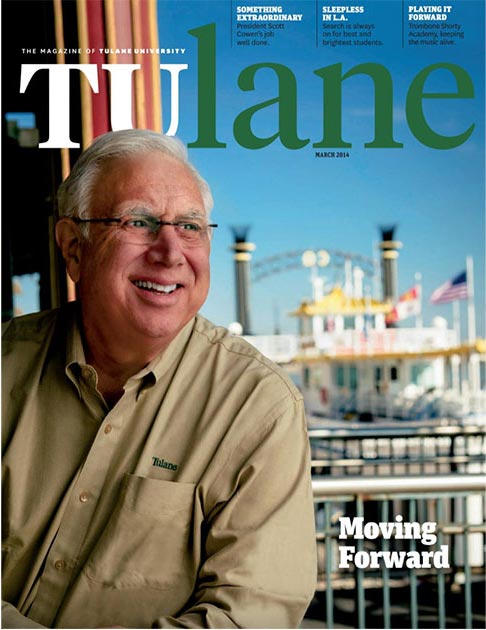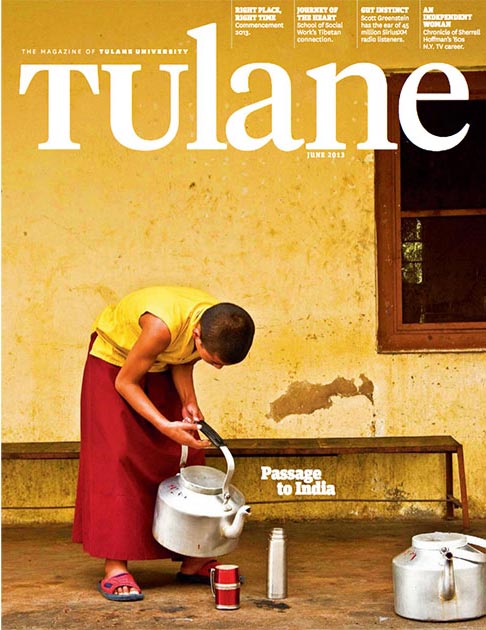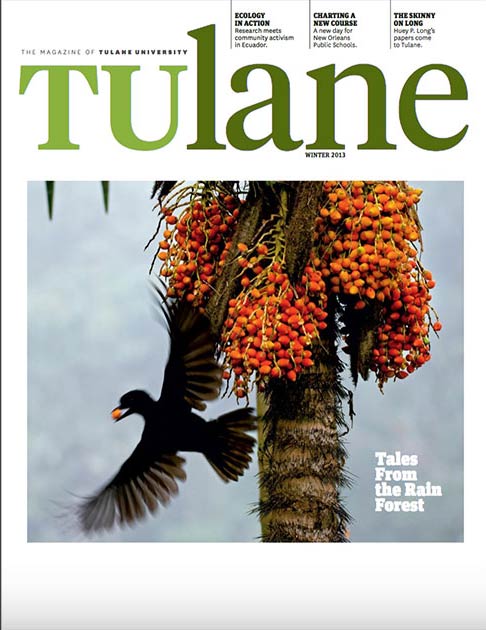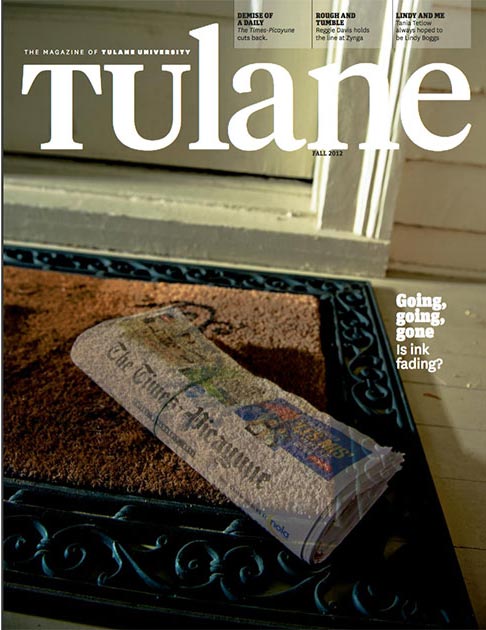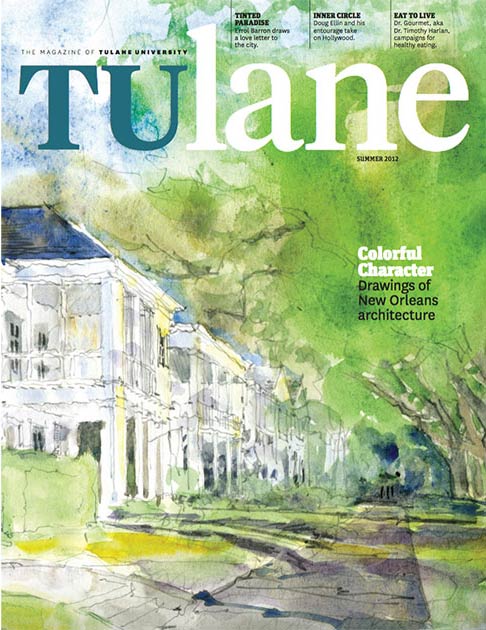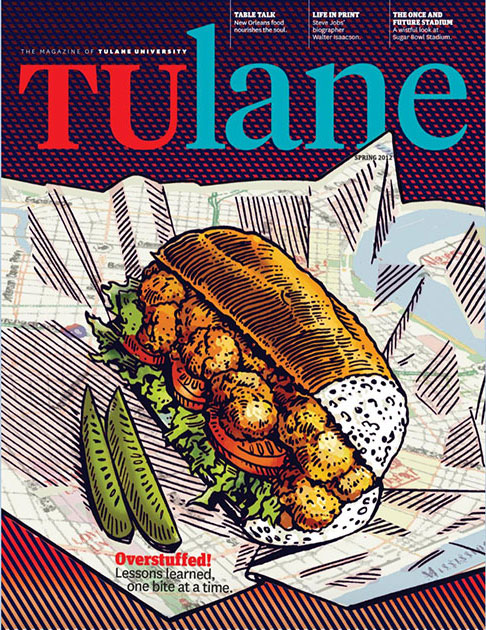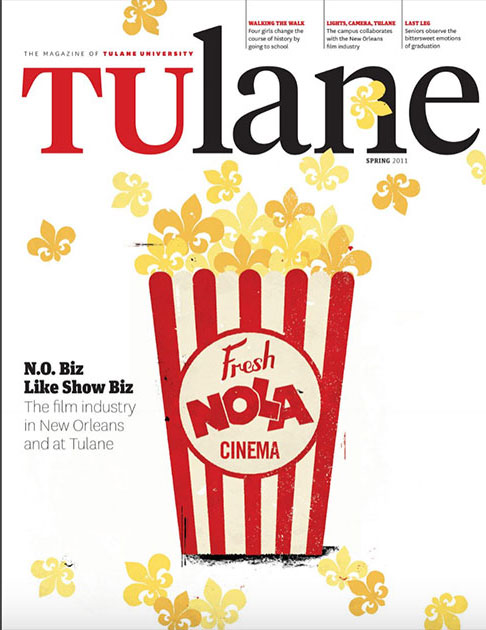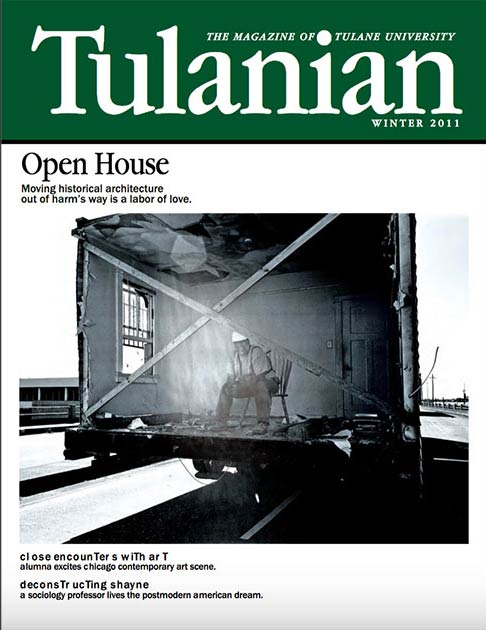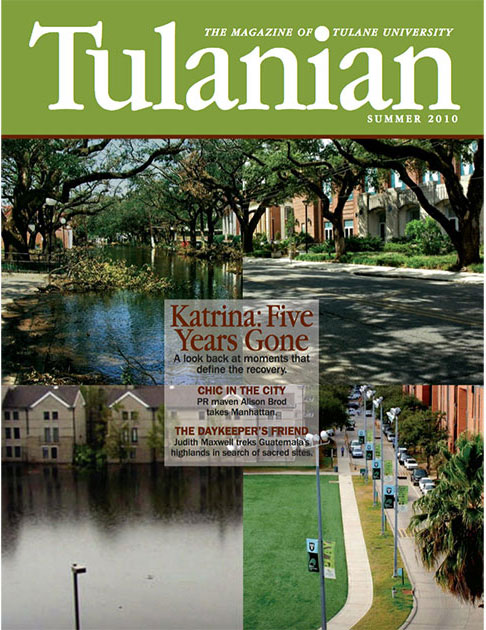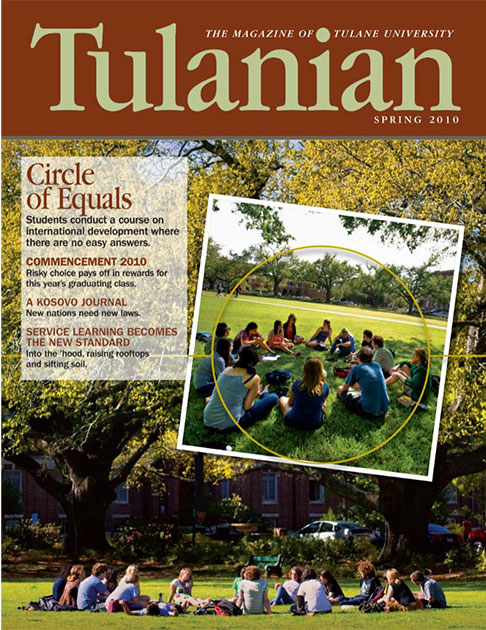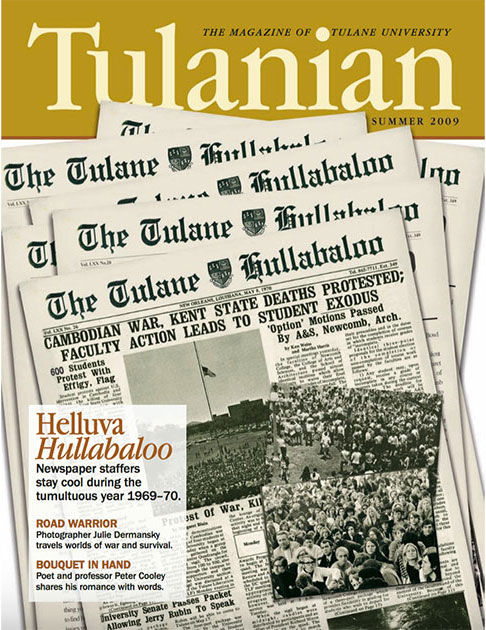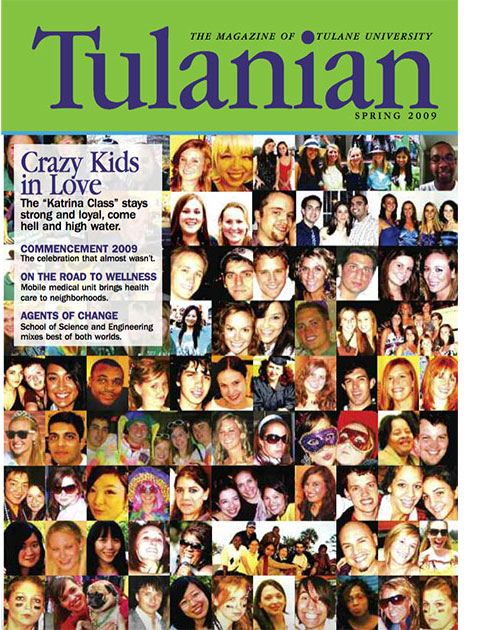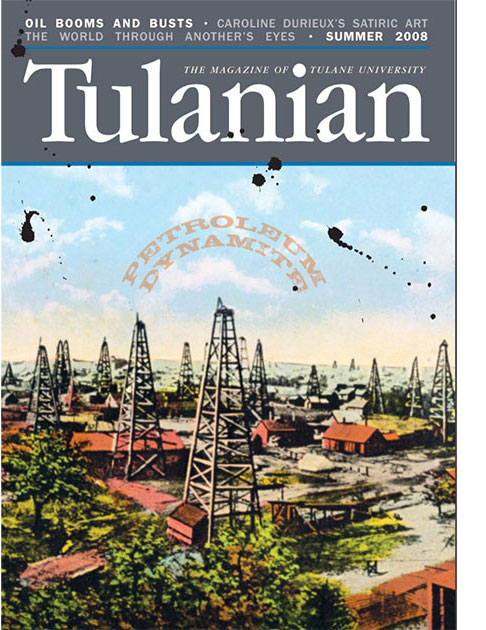Mark J. Sindler (A&S ‘76) arrived at Tulane in 1972 with his sights set on an archaeology career. But everything changed when he turned in his photography as part of an anthropology class assignment. Discovering a new mode of storytelling, he traded the study of the past for a chance to document Louisiana’s living cultural legacy — a legacy he has continued to help maintain.
In his early years at Tulane, Sindler interviewed and photographed New Orleans residents he befriended on walks to the French Quarter. He used this work for a class assignment, which earned him a Kenneth J. Opat Fund award from Tulane’s Department of Anthropology in the School of Liberal Arts. The fund supports exceptional undergraduate research conducted across the world.
His roommate, a writer for The Tulane Hullabaloo, showed the project to the student-run paper’s editor. A week later, Sindler picked up the latest edition and was surprised to find his images as its main photographic spread.
“I decided to change my plans of becoming an archaeologist and pursue a career in photojournalism instead,” Sindler said, noting that the work he did for the Hullabaloo, as well as Tulane’s yearbook “The Jambalaya,” trained him well for the immersive personal documentary projects that followed. He graduated with highest honors in journalism and was elected to Phi Beta Kappa. A couple of years after graduating, Sindler made a decision that would alter his life.
In New Orleans East, 1,000 or so Vietnamese immigrants had settled in the Versailles Arms Apartments after the fall of Saigon. Inspired by an article in the Vieux Carre Courier describing this burgeoning community, Sindler moved into the complex in 1978.



